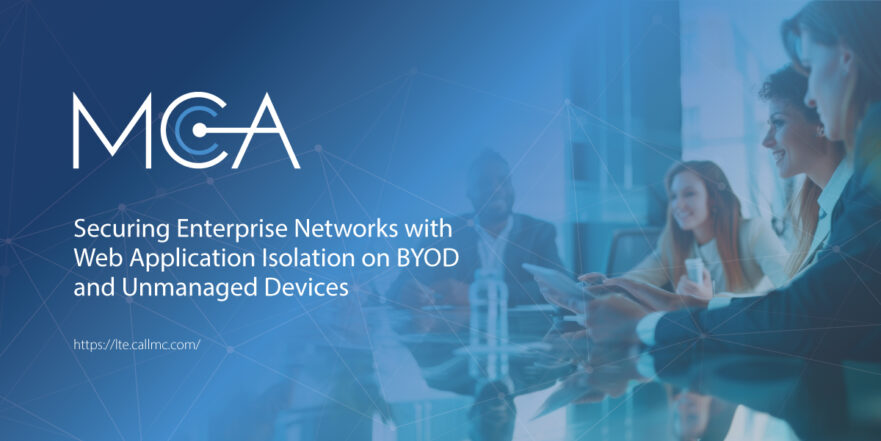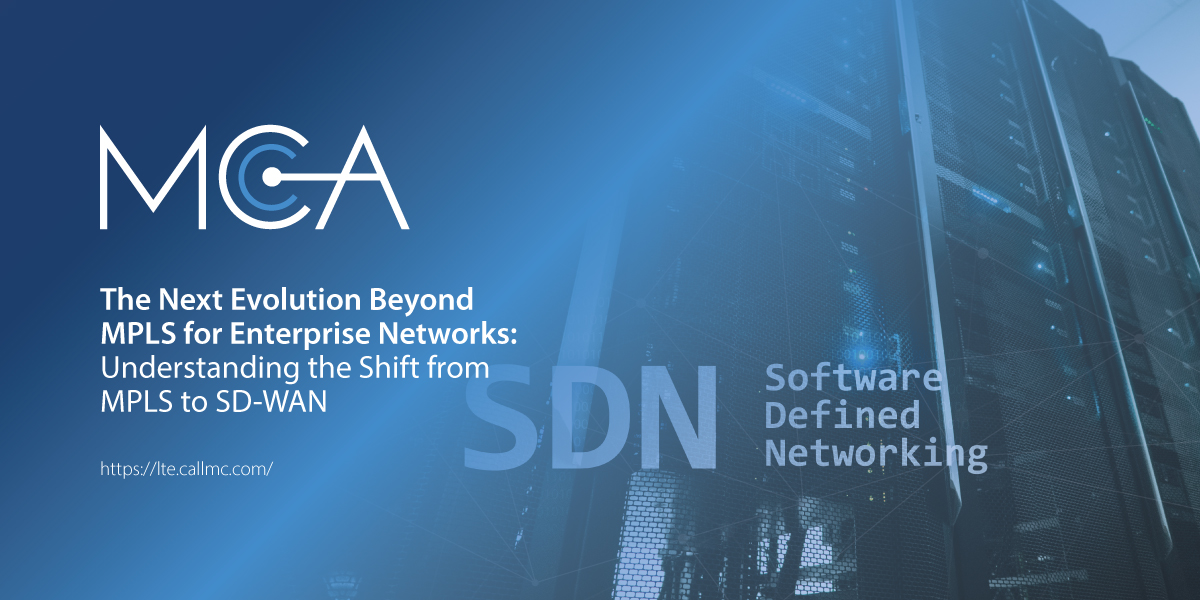User Convenience and Customization Invites Security Risks
The trend of "bring your own device" (BYOD) and the use of unmanaged devices has gained momentum in an increasingly digitally connected era. This trend is driven by the convenience of using personal devices that boast the latest technology and customizable features. While this shift has brought cost savings and productivity gains, it has also introduced significant security risks to enterprise networks.
Security Challenges with Unmanaged and BYOD Devices
As enterprises integrate public and private cloud applications into their daily workflows, employees and third-party contractors often access them from personal devices such as home computers and smartphones. Though beneficial in several ways, this flexibility poses substantial security threats due to the generally lower security standards on these devices than managed devices.
The risks include:
- Malware infections that could spread to the network.
- Phishing attacks aimed at stealing user credentials.
- Data exfiltration tactics like clipboarding.
- Unauthorized lateral movements within the network.
- Potential data breaches from lost or stolen devices.
These security breaches can have severe consequences, including legal repercussions, reputational damage, and significant operational disruptions.
Traditional vs. Modern Approaches to Securing Unmanaged Devices
Historically, organizations have relied on mobile device management (MDM) or mobile application management (MAM) solutions to secure access to corporate applications. These solutions typically require installing a client on a personal device that creates a controlled environment for accessing enterprise applications. Despite their effectiveness, these methods can be intrusive, often requiring permissions that users are hesitant to give, such as allowing the company to wipe personal data.
A modern, less intrusive, and more cost-effective approach involves using web application isolation (WAI) techniques, particularly remote browser isolation (RBI).
Implementing Remote Browser Isolation for Enhanced Security
Remote browser isolation (RBI) serves as the foundation for web application isolation, effectively shielding the enterprise network from threats originating from unmanaged devices. RBI creates a digital air gap that isolates the end user’s browsing activity in a secure, cloud-based container. Here’s how RBI enhances web application security:
- Secure Access Controls: When a user accesses a corporate application from an unmanaged device via the company portal, the session is routed through a virtual browser in the cloud. Direct access attempts using even correct credentials are blocked, ensuring that only authenticated sessions via the portal are allowed.
- Data and Threat Isolation: All interactions with the application are confined within the cloud container, preventing any malware on the user’s device from reaching the network. Only sanitized content is returned to the user’s device, ensuring safe web-content interaction.
- Granular Policy Enforcement: Within the virtual container, administrators can enforce strict policies controlling what users can view, upload, or download and restrict certain actions like copy-pasting sensitive data. Data loss prevention (DLP) technologies scan and sanitize content to prevent data leaks.
Advantages of Clientless Web Application Isolation
The clientless nature of web application isolation offers several benefits to enterprises and end users:
- Enhanced Protection: It safeguards sensitive corporate data and personally identifiable information (PII) without interfering with the user’s personal data.
- Ease of Use and Administration: Users can access necessary applications simply by logging into a portal, with no client installation required. This simplifies onboarding and revoking user access.
- Centralized Policy Management: Enterprises can manage security policies across all users and devices from a single console, enhancing the overall security posture.
Evaluating Web Application Security Needs
Web applications are a common vector for cyber attacks, so it’s crucial for organizations to assess their specific security needs. While web application isolation is an effective security measure, it should ideally be part of a broader, multi-layered security strategy that includes other zero-trust security measures.
To determine the most appropriate security solutions, organizations must consider their unique risk profiles, regulatory requirements, and the specific security challenges posed by BYOD and unmanaged devices.
In partnership with Cradlepoint, an industry leader in providing robust wireless solutions, we at MCA, an Elite 5G Certified Resale Partner, offer comprehensive solutions that include advanced security technologies to protect your enterprise network from the vulnerabilities associated with BYOD and unmanaged devices.
About MCA and Our CNS Team
MCA is one of the largest and most trusted integrators in the United States, offering world-class voice, data, and security solutions that enhance the quality, safety, and productivity of customers, operations, and lives. More than 65,000 customers trust MCA to provide carefully researched solutions for a safe, secure, and more efficient workplace.
Our Cellular Networking Solutions (CNS) team (formerly known as USAT) is made up of certified experts in designing and deploying fixed and mobile wireless data connectivity solutions for public and private enterprises nationwide - complete with implementation, training, proof of concept (POC), system auditing, and on-site RF surveying services with optional engineering maintenance contracts.
Our extensive catalog of world-class routers, gateways, and software designed for remote monitoring and management in even the harshest environments allows us to deliver a full suite of reliable technologies capped with a service-first approach.
Share this Post














